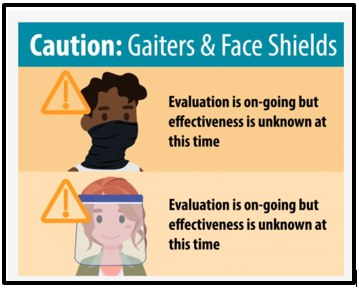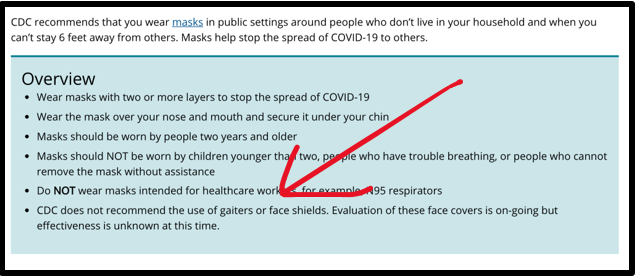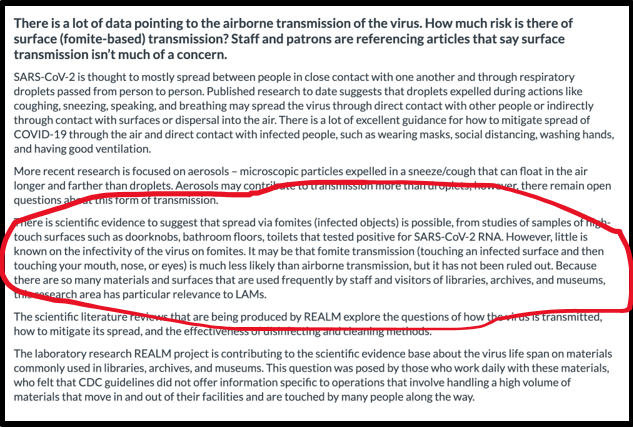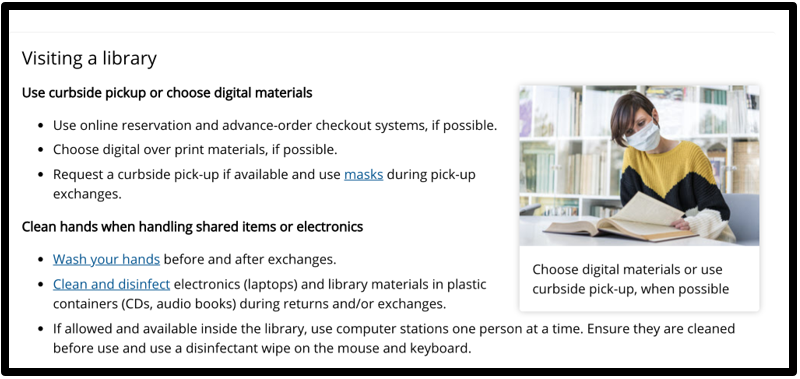Submission Date:
Question:
New state guidelines list face shields as acceptable face coverings:https://regs.health.ny.gov/volume-1a-title-10/content/section-66-32-face-coverings [NOTE: This link was confirmed as no longer active and removed on 02/25/2022 as part of the routine review of "Ask the Lawyer" materials.]
However, people often spend quite a bit of time in the library, especially using our computers. We would like to require that they wear actual cloth (or paper surgical) face masks. Are we permitted to make our own safety rules? It seems to me, that just as we can prevent roller skating in the library, we should be able to set other safety rules for the sake of staff and patrons.
Thank you.
Answer:
This question came into "Ask the Lawyer" with a request for a quick turnaround, so we'll keep this brief.
Are we permitted to make our own safety rules?
Yes...and no.[1] But that doesn't matter for this question, because the member's real objective is...
"We would like to require that they wear actual cloth (or paper surgical) face masks."
...which a library with a well-developed, uniformly applied Safety Plan can absolutely do.
Why is that?
As of this writing[2], there is documented evidence that the CDC is still weighing the advisability of face shields. Here is what they have to say:

(For the less cartoon-oriented[3], the CDC says it like this:)

Of course, at the same time, as the member points out, the State of New York now allows face shields to "count" as a face cover:
66-3.2 Face-Coverings....
(i) Face-coverings shall include, but are not limited to, cloth masks (e.g. homemade sewn, quick cut, bandana), surgical masks, N-95 respirators, and face shields.
Meanwhile, the REALMS study has hit the library community with THIS cold cup of coffee[4]:

Libraries should be paying attention to all of these evolving resources[5], and should regard their Safety Plan as a "living document" that evolves with that information. This will help libraries develop a plan that can help them help patrons adhere to CDC guidelines like this one:

The bottom line? If your library bases its access and services on current information, is careful to adhere to its obligations under the ADA, and adheres to a Safety Plan that provides—based on the combined input from such reliable sources—that certain areas may only be accessed by those wearing faces masks (and/or gloves, and/or only if they agree to spray down certain surfaces, and/or only by a certain number of people a day), it may do so.
It all comes down to having a Safety Plan based on your library's unique size, design, staffing capacity, and collection materials. With a plan that is linked to established factors, the best guidance we can get in uncertain times, and reliable enforcement, anything is possible.[6]
Thanks for an insightful question!
[1] The answer to THIS question is about 15 pages and has 20 footnotes. Aren't you glad we found a way to make it snappier?
[2] October 16, 2020. CDC content found at https://www.cdc.gov/coronavirus/2019-ncov/prevent-getting-sick/about-face-coverings.html
[3] I am "cartoon-oriented." Whenever something can be conveyed effectively via icon or cartoon, it should be. Of course, as a lawyer, I experience no shortage of words.
[4] https://www.oclc.org/realm/faq.html. On a side note, how bad is my DIY mark-up of this content? It looks like I am trying to draw a squished amoeba.
[5] My "word of the day," which I learned as I researched this answer, is "fomite" (infected objects). Given what we've all had to deal with in 2020, I am sure I have seen the word before, but was too busy learning the concepts like "zoonotic" & "contact tracing" for it to sink in.
[6] Even wearing a masks while roller skating in a library (but I'd check that one out with your insurance carrier).
Tag:
COVID-19, Emergency Response, Policy, Safety, Masks, Public Health
